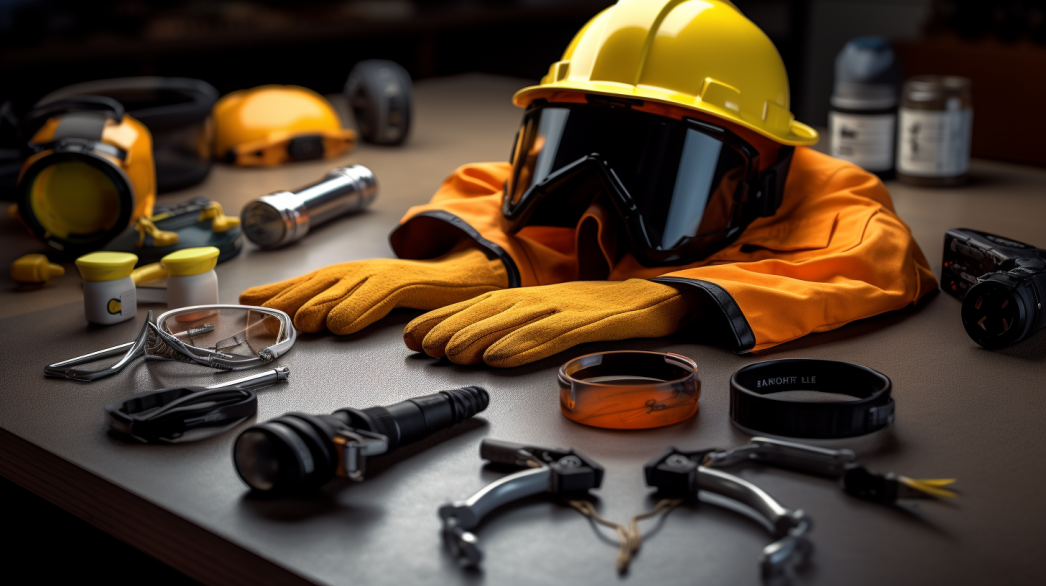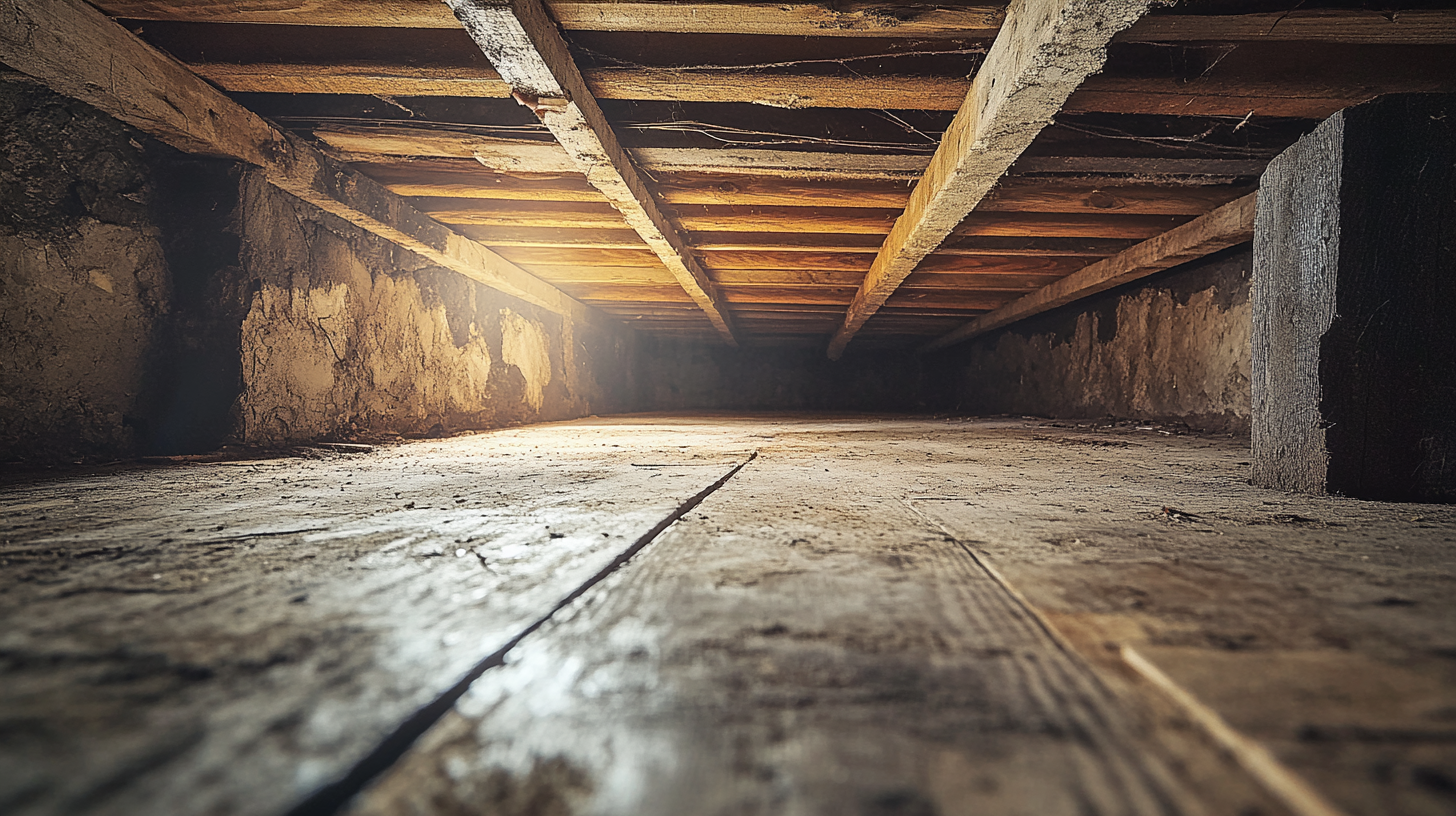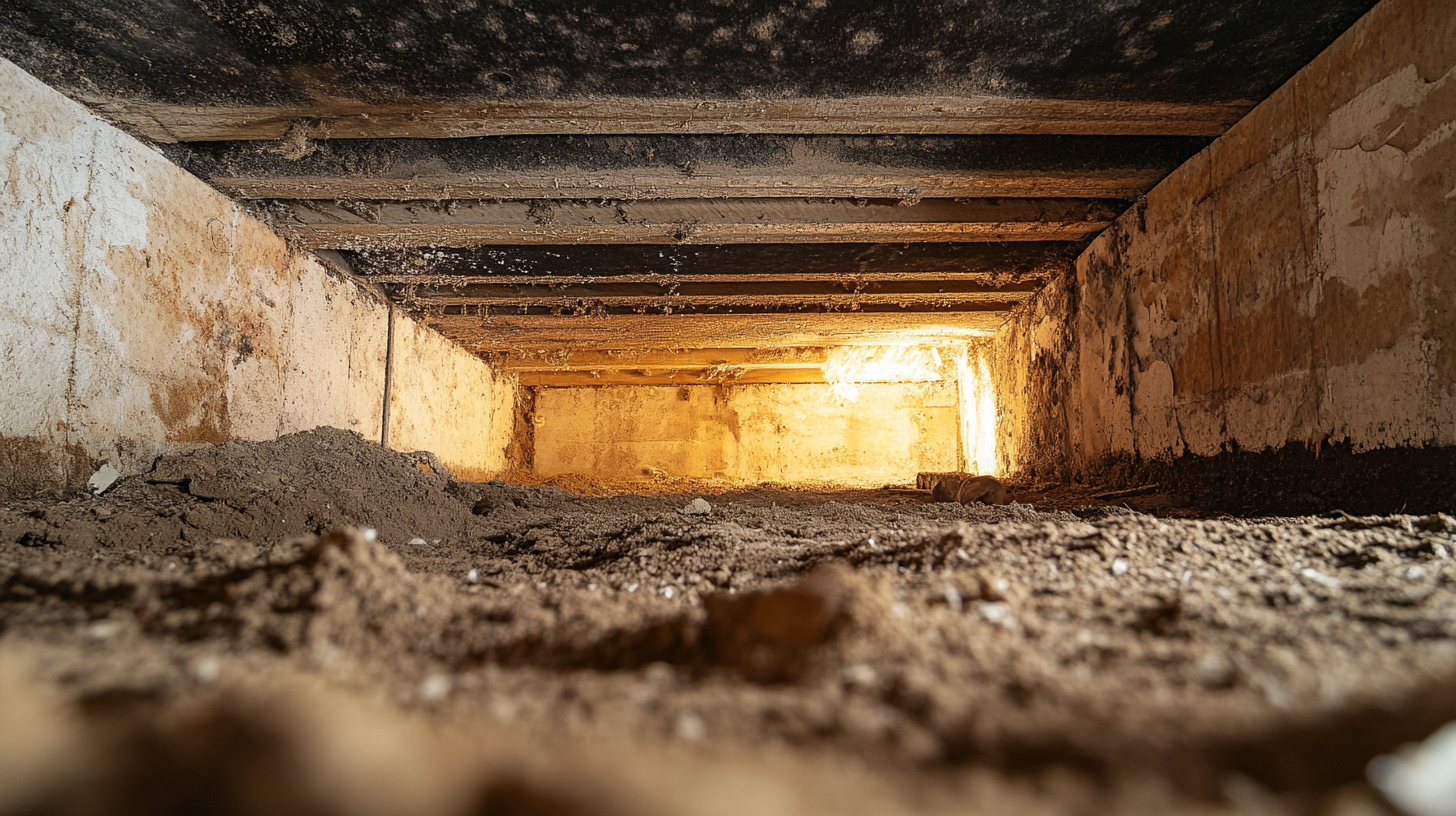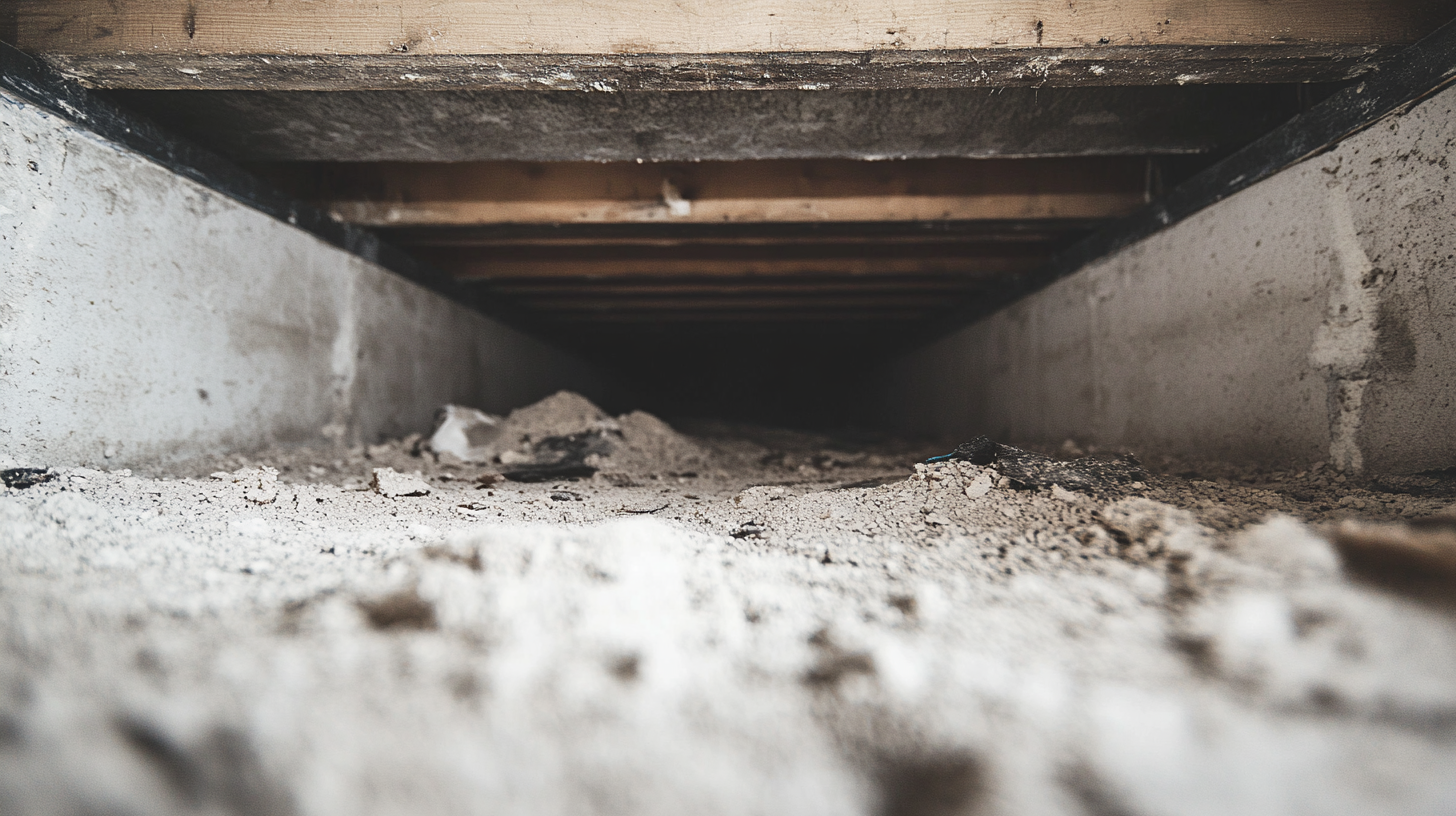Introduction to Restoration Safety Protocols: Importance and Basics

Restoration projects, whether they involve historical buildings, homes damaged by natural disasters, or vintage vehicles, require meticulous planning and execution to ensure both the success of the project and the safety of everyone involved. The significance of safety in these endeavors cannot be overstated, as restoration work often involves hazardous materials, structural vulnerabilities, and complex procedures. This blog aims to shed light on the critical aspects of safety in restoration projects, providing valuable insights and practical tips for ensuring a safe working environment.
Understanding the Risks
Restoration projects pose unique risks that differ significantly from new construction or standard renovation tasks. These risks can include exposure to asbestos, lead paint, mold, and other harmful substances commonly found in older structures. Additionally, the integrity of the building may be compromised, presenting dangers such as collapsing walls or unstable floors. Recognizing and understanding these risks is the first step in mitigating them effectively.
Legal and Regulatory Compliance
Adhering to safety regulations and standards is crucial in restoration projects. Various laws and guidelines, such as OSHA regulations and local building codes, are in place to protect workers and the public. Compliance with these regulations is not just a legal obligation but a moral one, ensuring that restoration activities do not pose unnecessary risks to anyone involved.
Essential Safety Measures
Implementing comprehensive safety measures is essential for minimizing risks in restoration projects. This includes conducting thorough risk assessments, providing appropriate personal protective equipment (PPE), and ensuring proper training for all team members. Regular safety briefings and emergency preparedness plans are also vital components of a robust safety strategy.
The Role of Expertise and Experience
Engaging experienced professionals who are knowledgeable about the specific challenges of restoration work is paramount. These experts can anticipate potential hazards and implement effective solutions to address them. Their expertise ensures that safety is maintained without compromising the quality and authenticity of the restoration project.
Understanding Restoration Safety
Definition and Scope
Restoration Safety: Ensuring Safe Practices in Restoring Artifacts, Buildings, etc.
Restoration safety encompasses the measures and protocols implemented to ensure the safe restoration of artifacts, buildings, and other valuable items. The goal is to protect both the people involved in the restoration process and the items being restored. Restoration projects often involve handling delicate and sometimes hazardous materials, working in unstable environments, and employing specialized techniques that require careful oversight to prevent accidents and injuries.
Scope: Covers Physical, Chemical, and Environmental Safety
The scope of restoration safety is broad, covering various aspects including physical safety, chemical safety, and environmental safety:
- Physical Safety: Involves safeguarding against physical hazards such as falling debris, structural collapses, and the use of heavy machinery. It includes providing personal protective equipment (PPE) like hard hats, gloves, and safety goggles.
- Chemical Safety: Entails managing exposure to hazardous substances like lead paint, asbestos, and mold. Proper handling, storage, and disposal of these materials are crucial to prevent health risks.
- Environmental Safety: Focuses on minimizing the impact of restoration activities on the surrounding environment. This can include managing dust and debris, controlling noise pollution, and ensuring that restoration methods do not harm nearby ecosystems.
Importance of Safety Protocols
Prevents Accidents and Injuries
Implementing safety protocols is critical to preventing accidents and injuries on restoration sites. Restoration work often involves operating in precarious conditions, dealing with fragile structures, and using potentially dangerous tools and substances. Safety protocols provide a structured approach to identify hazards, assess risks, and implement controls to mitigate those risks. This proactive approach helps to ensure that workers remain safe and that restoration activities proceed without incident.
Ensures Preservation of Valuable Items
Safety protocols are also essential for the preservation of the artifacts and buildings being restored. Careless handling or improper techniques can cause irreversible damage to valuable items. By adhering to established safety standards, restoration professionals can ensure that these items are protected throughout the restoration process. This not only preserves the cultural and historical significance of the items but also enhances the overall quality and success of the restoration project.
Complies with Legal and Regulatory Standards
Compliance with legal and regulatory standards is a fundamental aspect of restoration safety. Various laws and guidelines, such as OSHA regulations and local building codes, are designed to ensure safe working conditions and protect the public. Adhering to these standards is not only a legal requirement but also a best practice that demonstrates a commitment to responsible and ethical restoration. It helps avoid legal penalties and fosters trust with clients and the community.
Basic Safety Protocols
Personal Protective Equipment (PPE)
Types of PPE: Gloves, Goggles, Masks, Protective Clothing
Personal Protective Equipment (PPE) is essential for ensuring the safety of workers involved in restoration projects. PPE includes a variety of items designed to protect individuals from potential hazards encountered during restoration work. Common types of PPE used in restoration include:
- Gloves: Protect hands from chemical exposure, cuts, and abrasions.
- Goggles: Shield eyes from dust, debris, and chemical splashes.
- Masks: Prevent inhalation of harmful substances such as dust, mold spores, and chemical fumes.
- Protective Clothing: Includes items like coveralls and aprons that protect the body from contaminants and physical injuries.
Usage: Proper Selection and Use of PPE for Different Restoration Tasks
The effectiveness of PPE depends on proper selection and usage tailored to specific restoration tasks. Each task may present unique hazards that require specific types of PPE. For instance, working with chemicals necessitates chemical-resistant gloves and masks with appropriate filters, while tasks involving structural repairs may require hard hats and steel-toed boots. Proper training on the correct use and maintenance of PPE is crucial. Workers should be instructed on how to wear PPE correctly, check for defects, and understand when PPE needs to be replaced. This ensures maximum protection and reduces the risk of injuries or exposure to harmful substances.
Hazard Identification
Common Hazards: Chemical Exposure, Physical Injuries, Ergonomic Issues
Identifying and understanding common hazards in restoration projects is vital for ensuring safety. These hazards can vary widely depending on the nature of the restoration work but typically include:
- Chemical Exposure: Risks from handling substances like lead paint, asbestos, and solvents.
- Physical Injuries: Hazards such as falls, cuts, and impacts from unstable structures or tools.
- Ergonomic Issues: Injuries caused by repetitive motions, heavy lifting, and awkward postures.
Assessment: Regular Risk Assessments to Identify and Mitigate Hazards
Conducting regular risk assessments is a proactive approach to identifying and mitigating hazards in restoration projects. These assessments involve systematically examining all aspects of the work environment to identify potential risks. Steps in the risk assessment process include:
- Hazard Identification: Recognizing all potential hazards related to the task or environment.
- Risk Analysis: Evaluating the likelihood and potential impact of each hazard.
- Control Measures: Implementing strategies to eliminate or reduce risks, such as engineering controls, administrative controls, and PPE.
- Monitoring and Review: Continuously monitoring the effectiveness of control measures and making necessary adjustments.
By performing regular risk assessments, restoration teams can address hazards before they cause harm, ensuring a safer work environment and more successful project outcomes.
Safe Handling and Storage
Handling Techniques
Use Proper Lifting Techniques to Avoid Strain
In restoration projects, workers often need to move heavy materials and equipment. Using proper lifting techniques is crucial to avoid strain and prevent injuries. Key practices include:
- Assess the Load: Before lifting, determine the weight and size of the object to ensure it can be safely handled.
- Lift with the Legs: Bend at the knees and hips, keeping the back straight. Use the strength of your legs to lift the load rather than your back.
- Maintain a Firm Grip: Ensure you have a secure hold on the object to prevent it from slipping.
- Keep the Load Close to the Body: Holding the load close to your center of gravity reduces strain on your back.
- Avoid Twisting Movements: Turn your whole body by moving your feet rather than twisting your spine.
Handle Chemicals with Care to Prevent Spills and Exposure
Handling chemicals safely is essential to prevent spills and exposure, which can lead to serious health risks. Proper techniques include:
- Read Safety Data Sheets (SDS): Understand the properties and hazards of the chemicals you are handling.
- Use Appropriate PPE: Wear gloves, goggles, and masks as needed to protect against chemical exposure.
- Follow Manufacturer Instructions: Adhere to guidelines provided by chemical manufacturers for safe handling and usage.
- Work in Well-Ventilated Areas: Ensure adequate ventilation to disperse harmful fumes and vapors.
- Use Spill Containment: Have spill containment materials readily available to quickly address any accidental spills.
Storage Practices
Store Chemicals in Labeled, Secure Containers
Proper storage of chemicals is crucial to maintaining a safe work environment in restoration projects. Best practices include:
- Use Proper Containers: Store chemicals in containers that are compatible with the substance and prevent leaks or reactions.
- Label Clearly: Ensure all containers are clearly labeled with the chemical name, hazard warnings, and handling instructions.
- Secure Storage Areas: Keep chemicals in designated storage areas that are secure and inaccessible to unauthorized personnel.
- Separate Incompatible Chemicals: Store chemicals that could react dangerously with each other in separate locations.
- Maintain an Inventory: Keep an up-to-date inventory of all chemicals stored on-site to track quantities and manage safety.
Keep Tools and Equipment in Designated Areas to Prevent Accidents
Organizing tools and equipment properly can prevent accidents and improve efficiency in restoration projects. Effective storage practices include:
- Designate Storage Areas: Assign specific areas for storing different types of tools and equipment.
- Use Storage Racks and Shelves: Utilize racks and shelves to keep items off the floor and reduce clutter.
- Label Storage Spaces: Clearly label storage areas to help workers quickly find and return tools.
- Perform Regular Inspections: Regularly inspect storage areas to ensure tools and equipment are stored correctly and safely.
- Implement Check-In/Check-Out Systems: Use a system to track the usage of tools and equipment to ensure they are returned and maintained properly.
Emergency Preparedness
First Aid and Emergency Kits
Contents: Basic First Aid Supplies, Emergency Contact Numbers
In any restoration project, being prepared for emergencies is crucial. First aid and emergency kits should be well-stocked and maintained to handle any accidents or injuries that might occur. Essential contents of these kits include:
- Basic First Aid Supplies: Bandages, gauze pads, adhesive tape, antiseptic wipes, scissors, tweezers, and a CPR mask. These supplies help manage minor injuries and provide initial care before professional medical assistance arrives.
- Medications: Over-the-counter pain relievers, antihistamines, and any site-specific medications that may be needed.
- Emergency Contact Numbers: A list of emergency contact numbers for medical services, local hospitals, poison control centers, and key project personnel. Having these numbers readily available ensures quick access to help in critical situations.
Accessibility: Easily Accessible Locations for Quick Response
First aid and emergency kits must be placed in easily accessible locations throughout the restoration site to ensure a quick response during an emergency. Key considerations include:
- Strategic Placement: Position kits in central locations where they can be reached quickly by all workers. Areas such as main work zones, break rooms, and entrances are ideal.
- Visibility: Ensure that kits are clearly marked and visible to all personnel. Use signage to indicate their locations.
- Regular Checks: Conduct regular inspections to ensure that the kits are fully stocked, supplies are not expired, and the kits are in good condition.
Emergency Procedures
Evacuation Plans: Clear, Practiced Routes and Procedures
Having clear and well-practiced evacuation plans is essential for ensuring the safety of all workers during an emergency. Effective evacuation plans include:
- Clear Routes: Identify and mark all emergency exits and evacuation routes. Ensure that these routes are free of obstructions and easily navigable.
- Regular Drills: Conduct regular evacuation drills to familiarize workers with the procedures and routes. Drills help identify any issues with the plan and ensure everyone knows their role during an emergency.
- Designated Assembly Points: Establish safe assembly points outside the restoration site where workers can gather and be accounted for. Ensure all workers are aware of these locations.
Spill Response: Immediate Steps for Containing and Cleaning Up Spills
In restoration projects, handling hazardous materials often involves the risk of spills. Having a spill response plan is crucial to prevent harm and contain the incident effectively. Key steps include:
- Immediate Containment: Quickly contain the spill to prevent it from spreading. Use spill containment materials such as absorbent pads, booms, or barriers.
- Protective Gear: Ensure that workers handling the spill are equipped with appropriate PPE, including gloves, goggles, and masks, to protect them from exposure.
- Proper Cleanup: Follow established procedures for cleaning up the spill, including the use of appropriate cleaning agents and disposal methods for hazardous materials. Ensure that contaminated materials are disposed of according to regulations.
- Reporting and Documentation: Document the spill incident, including the cause, response actions taken, and any injuries or exposures. Report the incident to the relevant authorities if required.
Training and Education
Regular Training Programs
Conduct Safety Training Sessions for All Staff
Regular safety training is essential for ensuring that all staff members are well-prepared to handle the unique challenges and hazards associated with restoration projects. These training sessions should be designed to cover a wide range of safety topics relevant to the specific tasks and environments encountered in restoration work.
Key aspects of effective safety training programs include:
- Comprehensive Coverage: Training should encompass all relevant safety procedures, including the use of personal protective equipment (PPE), safe handling and storage of materials, emergency response protocols, and specific hazard recognition.
- Practical Demonstrations: Hands-on demonstrations and practical exercises can help reinforce theoretical knowledge and ensure that staff can apply safety protocols correctly in real-world situations.
- Inclusivity: Ensure that training is accessible to all staff members, including new hires and temporary workers. Consider language barriers and varying levels of prior safety knowledge.
- Frequency: Conduct regular training sessions to keep safety at the forefront of daily operations. This could be on a quarterly, biannual, or annual basis, depending on the complexity and risk level of the projects.
Update Training Materials Regularly to Reflect New Safety Protocols
Safety protocols and regulations are continually evolving, and it is crucial to keep training materials up-to-date to reflect the latest best practices and legal requirements. This ensures that all staff members are equipped with the most current information and techniques. Key practices include:
- Review and Revise: Regularly review training materials and update them as new safety information and regulations become available. This could involve revising manuals, presentations, and online resources.
- Incorporate Feedback: Use feedback from staff and observations from safety audits to identify areas for improvement in training content and delivery methods.
- Engage Experts: Collaborate with safety professionals and industry experts to ensure that training materials are accurate and comprehensive.
- Disseminate Updates: Ensure that all staff members are promptly informed about updates to safety protocols and training materials. This can be done through emails, newsletters, and brief refresher sessions.
Importance of Continued Education
Keeps Staff Informed About Latest Safety Practices
Continued education is vital for maintaining high safety standards in restoration projects. By staying informed about the latest safety practices, staff can effectively mitigate risks and respond to emerging hazards. Key benefits include:
- Enhanced Knowledge: Ongoing education helps staff stay abreast of new safety technologies, tools, and methodologies that can improve their work environment.
- Adaptability: With continued education, staff are better equipped to adapt to changes in safety regulations and industry standards, ensuring compliance and reducing the risk of accidents.
Encourages a Culture of Safety and Awareness
Promoting a culture of safety and awareness within the organization is fundamental to preventing accidents and ensuring the well-being of all employees. Continued education plays a significant role in fostering this culture by:
- Building Awareness: Regularly updating staff on safety issues keeps safety top of mind and reinforces the importance of safe practices in daily operations.
- Empowering Employees: Educated staff are more confident in identifying hazards, taking proactive measures, and advocating for safety improvements.
- Fostering Responsibility: Continued education instills a sense of personal and collective responsibility for safety, encouraging employees to look out for one another and adhere to established protocols.
- Motivating Compliance: When staff understand the reasons behind safety practices and the potential consequences of non-compliance, they are more likely to follow procedures diligently.
FAQs
Contact Fast Response Cleaning & Restoration Today!
Fast Response Cleaning & Restoration will do everything we can to ensure your experience with us is excellent.
Request A FREE Estimate
Request A FREE Estimate Form
CHECKOUT RECENT POST



Have an Emergency? We're Here to Help!
When it comes to disaster cleanup, we are a seasoned veteran in the industry and have helped hundreds of property owners just like you.
Our disaster recovery teams are available 24-7 to quickly clean up and repair disasters of all types.
